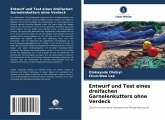
Broschiertes Buch
Durch numerische Analyse und Modellversuche
21. Januar 2025
Verlag Unser Wissen
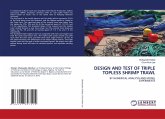
Broschiertes Buch
BY NUMERICAL ANALYSIS AND MODEL EXPERIMENTS
20. Mai 2024
LAP Lambert Academic Publishing
Broschiertes Buch
21. Januar 2025
Edições Nosso Conhecimento
Broschiertes Buch
Mediante análisis numérico y experimentos con modelos
21. Januar 2025
Ediciones Nuestro Conocimiento
Broschiertes Buch
Analyse numérique et expériences sur modèle
21. Januar 2025
Editions Notre Savoir
Broschiertes Buch
Analiza numeryczna i eksperymenty modelowe
21. Januar 2025
Wydawnictwo Nasza Wiedza
Broschiertes Buch
Analisi numerica ed esperimenti su modello
21. Januar 2025
Edizioni Sapienza
Ähnliche Artikel
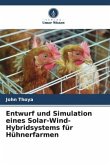
Broschiertes Buch
23. Mai 2022
Verlag Unser Wissen
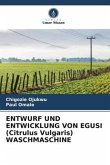
Broschiertes Buch
30. Juli 2022
Verlag Unser Wissen

Broschiertes Buch
Technische Aspekte von Aquakulturbetrieben an der Küste von Ratnagiri, Maharashtra
25. Dezember 2022
Verlag Unser Wissen
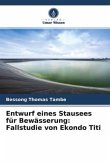
Broschiertes Buch
16. Mai 2022
Verlag Unser Wissen
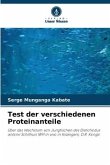
Broschiertes Buch
Über das Wachstum von Jungfischen des Distichodus antonii Schithuis 1891 in vivo in Kisangani, D.R. Kongo
7. Juli 2023
Verlag Unser Wissen
Ähnlichkeitssuche: Fact®Finder von OMIKRON
